Electric Ladyland by Jimi Hendrix Experience
Buy Electric Ladyland While Jimi Hendrix is an undeniable rock legend on his own, the group Jimi Hendrix Experience were a formidable power trio for a short but important period. Electric Ladyland was […]
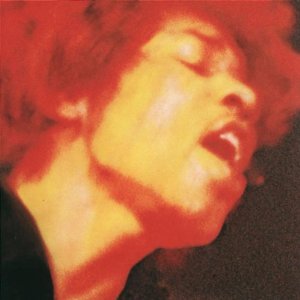
Buy Electric Ladyland While Jimi Hendrix is an undeniable rock legend on his own, the group Jimi Hendrix Experience were a formidable power trio for a short but important period. Electric Ladyland was […]
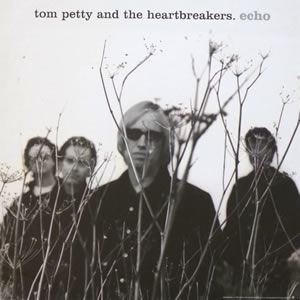
Buy Echo Closing out the century with their tenth studio album, Tom Petty and the Heartbreakers blended folk/rock arrangements with introspective lyrical themes on Echo. The album’s tracks were composed and produced in […]
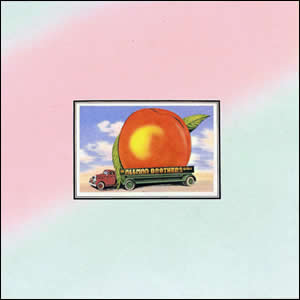
Buy Eat a Peach A unique hybrid album that bridges two eras of The Allman Brothers Band, the 1972 double album Eat a Peach was recorded prior to and in the wake of […]
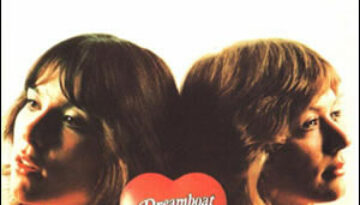
Buy Dreamboat Annie Heart, originally labeled the “female Led Zeppelin,” had an impressive debut with Dreamboat Annie. The album was appropriately released on Valentine’s Day in 1976. Produced by Mike Flicker, the album […]

Buy Dream Police Cheap Trick concluded their impressive late seventies output with their fourth studio album, Dream Police. This album follows the breakthrough success of the live album, Cheap Trick at Budokan, which […]
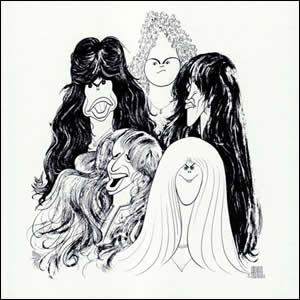
Buy Draw the Line Aerosmith‘s fifth album in 1977 came after the phenomenal success of 1975’s Toys in the Attic and 1976’s Rocks. Although the momentum continued to an extent with Draw the […]
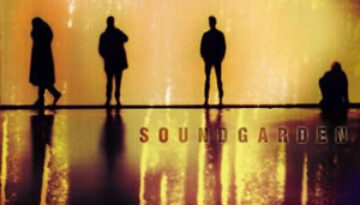
Buy Down on the Upside The climax of the group’s original success, Down On the Upside was a super-sized album by Soundgarden, one which would have been a double album in decades earlier […]
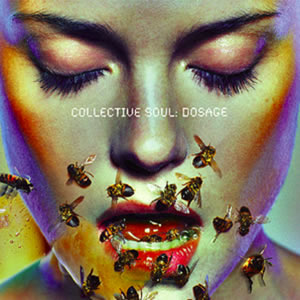
Buy Dosage Collective Soul finished their nineties output by making a return to the mid nineties sound that brought their greatest success. In early 1999, the group released their fourth album, Dosage, with […]
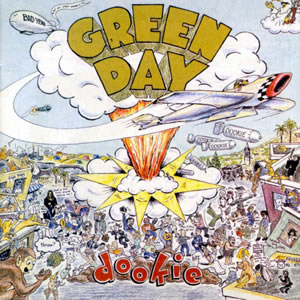
Buy Dookie Produced by Rob Cavallo, Dookie is the third overall album by Green Day and their major label debut. The album became a commercial success worldwide, driven by five hit singles, an […]
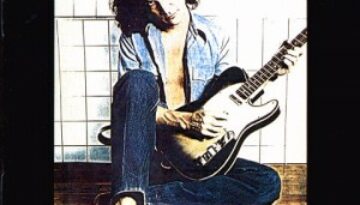
Buy Don’t Say No Bily Squier was an odd figure on the pantheon of rock. On the one hand, there is no doubt that he was a very talented vocalist with exception songwriting […]